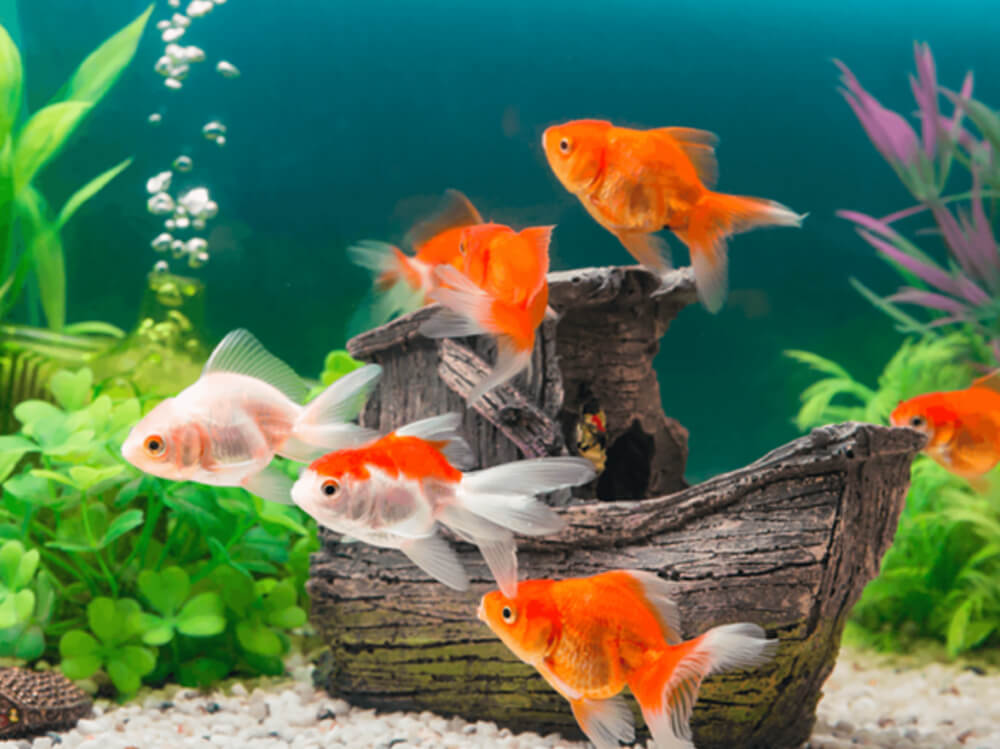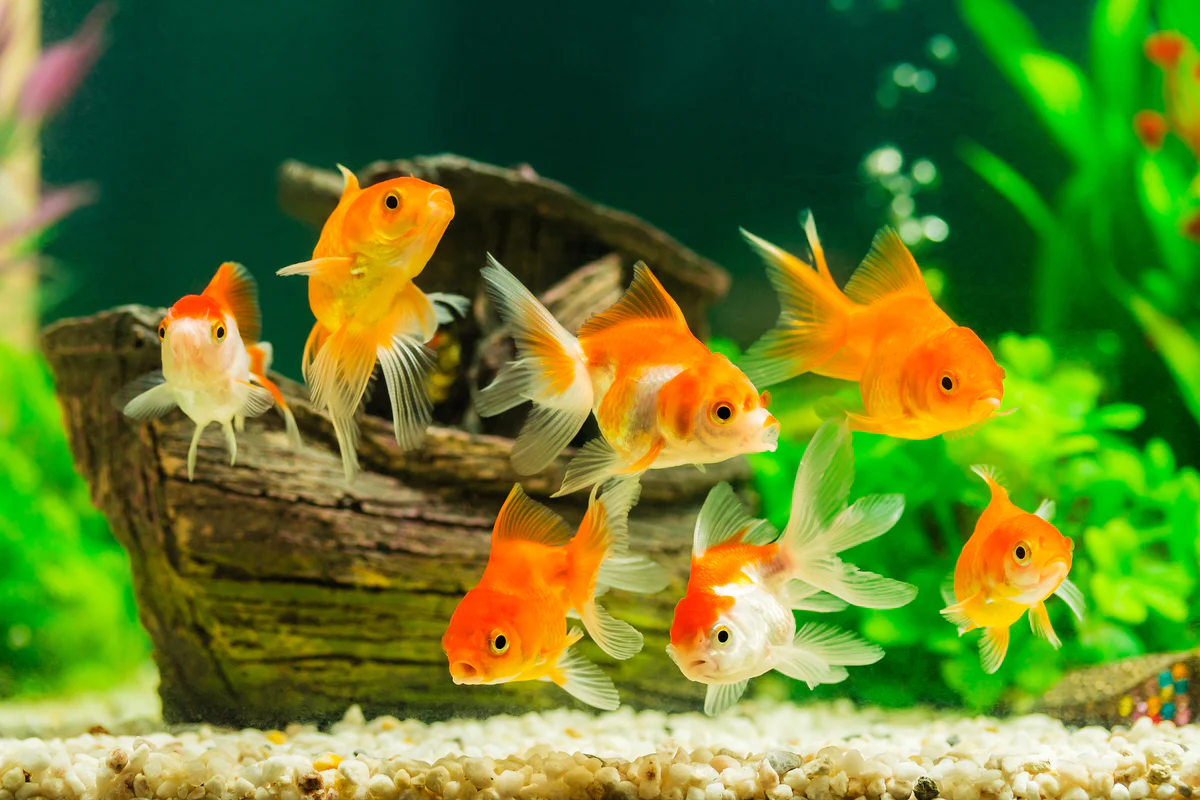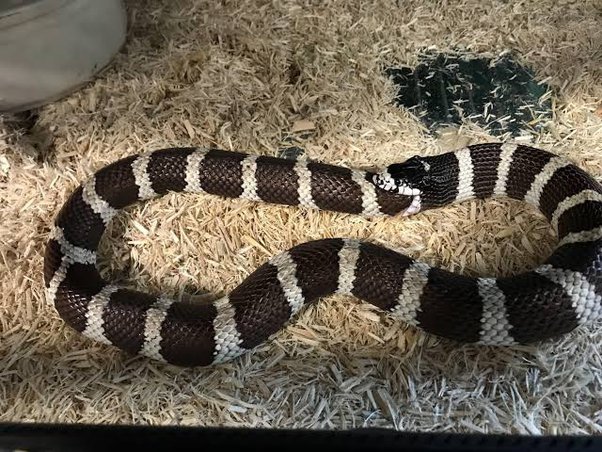“Are you considering setting up a 60-litre tank and wondering how many goldfish you can safely accommodate? Goldfish are popular aquatic pets, known for their vibrant colors and captivating personalities. However, providing them with the right environment is crucial for their well-being.
However, to ensure the well-being of your goldfish, it’s crucial to consider their adult size when selecting a tank. An average adult goldfish in an aquarium can reach around 6 inches in length. For a single goldfish of this size, a tank of at least 30 liters is recommended. If you plan to keep two goldfish, opt for a 60-liter tank to provide adequate swimming space and maintain water quality.
So let’s start this educational journey together if you’re prepared to discover how to make your goldfish’s water habitat peaceful and prosperous.
How many fish should you keep in a tank?
To calculate the ideal fish count for your tank, it’s crucial to delve deeper into the nuanced factors influencing this delicate balance.
Tank Size: The size of your aquarium is a fundamental factor to consider. While the “one inch per gallon” rule appears straightforward, it fails to account for additional space requirements, such as substrate, decorations, and plants.
To accurately determine your tank’s net volume, follow this equation: Tank Volume x 0.85 = Net Water Capacity. For instance, if your tank boasts dimensions of 30x30x30cm, resulting in a maximum water volume of 27 liters, the net water capacity would be approximately 22.95 liters.
Fish Size: The length of your fish plays a pivotal role in stocking decisions, but it’s essential to acknowledge that fish come in various shapes and sizes. For full-bodied fish, a more prudent guideline is one inch per two gallons of water. Moreover, consider the adult size, especially if you intend to acquire juvenile specimens, as their growth can significantly impact tank dynamics.
Species Compatibility: Beyond size, the compatibility of fish species must be assessed. Some fish thrive together, while others are territorial or aggressive. Schooling fish may require groupings. Striking a balance between top swimmers and bottom-dwellers ensures that all have ample space and do not become overcrowded in their preferred zones.
Additional Variables: Several other factors deserve attention when calculating the ideal fish population. These may not carry as much weight as tank size, fish size, and species compatibility, but they contribute to a safer environment for your aquatic companions.
Surface Area: The surface area of your aquarium affects oxygen levels in the water. Generally, a larger surface area results in better oxygenation, allowing for more fish. However, in tall, narrow tanks with limited surface area, you may need to consider alternative methods to enhance oxygenation.
Water Filtration: Assess your filtration system’s capacity. Ideally, it should filter the entire tank volume four times per hour to maintain water quality and support the well-being of it..
Incremental Additions: Safely gauge your tank’s capacity by using the inch-to-gallon ratio, while factoring in the variables mentioned above. Gradually introducing it to your tank provides an opportunity for adaptation, minimizes stress, and enables you to evaluate if there is room for additional residents.
Essential Components for a Healthy Goldfish Tank Setup

Aeration Device: Goldfish thrive in well-oxygenated environments. Incorporating an aeration device, such as air stones or a diffuser, is a straightforward and effective means of maintaining optimal oxygen levels in the tank. For example, tanks like the biOrb Halo often come equipped with air stones, but if not, consider adding accessories like the biOrb Air Stone or Marina Air Diffuser Mist Airstone to enhance aeration.
Thermometer: Monitoring water temperature is crucial, particularly for novice fishkeepers. Goldfish, known for their resilience, can endure a range of temperatures. However, they are most comfortable in water ranging from 18-20°C. Including a thermometer in your setup allows you to promptly identify any fluctuations in temperature that could affect your goldfish’s well-being.
Lighting System: A lighting system is an essential component of your goldfish tank setup, especially if you plan to cultivate a planted aquarium. Beyond accentuating the beauty of your pet goldfish, it helps establish a healthy day and night cycle for them.
While many aquariums come with built-in lighting systems, consider adding one if your setup lacks it. Options like the Fluval AquaSky 2.0 Bluetooth LED Lighting provide both aesthetic appeal and functional benefits.
Plants and Ornamentation: It requires hiding spots and opportunities for exploration, even in the absence of real predators in your home. Plants and decorative ornaments are essential to fulfilling this need. They not only add visual interest to the tank but also create secure spaces for your goldfish. These elements contribute to the overall well-being and contentment of your aquatic companions.
What’s the Optimal Diet for Goldfish?
To ensure the well-being of your goldfish, providing them with a nutritious and well-balanced diet is paramount, much like any other fish species. Finding suitable goldfish food is a straightforward task, with a wide selection available at Aquacadabra, including renowned options like Tetra Goldfish Flakes, Fluval Bug Bites Goldfish Flakes, and Aquarian Goldfish Flake Fish Food. However, the key challenge lies not in sourcing food but in determining the correct portion sizes.
It’s important to exercise caution against overfeeding, as this can lead to a spectrum of issues, from environmental concerns to fish health problems. Overindulgence may result in conditions like fin rot, fatty liver, and digestive troubles.
In addition, even in the absence of immediate symptoms, overfeeding can introduce excessive ammonia into the tank environment through accumulated fish waste or decomposing food remnants.
Lastly, To safeguard your tank from these potential risks, adhere to the portion guidelines provided on the packaging of your chosen goldfish food. Alternatively, a practical rule of thumb is to offer your fish an amount they can consume within a two-minute timeframe. If signs of overfeeding emerge, consider reducing their daily portions accordingly.
Maintaining a Clean Goldfish Tank: A Simple Guide

Weekly Tank Cleaning: Cleaning your goldfish tank on a weekly basis is paramount. Use a syphon or gravel cleaner like the Aqua One Vac-A-Tank Gravel Cleaner Syphon or Aquarium System PGR1000 Gravel Cleaner to remove excess waste from the substrate.
Additionally, wipe away dirt and algae from the tank’s interior using an aquarium-safe cloth, such as the Innotec Aquatec 500 Cleaning Cloth. For a hands-free option, consider a magnetic glass cleaner like the Tunze Magnet Scraper Pico.
Partial Water Changes: Perform partial water changes of approximately 15-20% each week to maintain water quality. Sync this task with your weekly cleaning routine for efficiency. When replacing removed water, use dechlorinated water treated with a goldfish-safe water conditioner to prevent contamination.
Regular Water Quality Testing: Regularly test your tank’s water quality using an aquarium water test kit. This proactive approach allows you to monitor pH levels, temperature, and other crucial parameters like ammonia levels. Identifying issues early on helps safeguard the health of your pet goldfish.
FAQs
Goldfish Bowl vs Goldfish Tank?
The choice between a goldfish bowl and a tank is a matter of personal preference. However, for the well-being of your goldfish, it’s recommended to opt for a suitable-sized tank with a filter and equipment.
Do Goldfish Need a Filter?
Yes, including an efficient filter is crucial for maintaining water quality, reducing the risk of illness, and minimizing manual cleaning efforts in the long run.
Can Goldfish Live in Tap Water?
No, Goldfish cannot live in untreated tap water. To make tap water safe for them, it should be dechlorinated using a goldfish-safe water conditioner.
Are Goldfish Easy to Take Care Of?
Yes, Goldfish are considered relatively easy to care for, but they still require a suitable environment and regular maintenance to thrive.
How Long Do Goldfish Live?:
Goldfish can live for an average of 10 to 15 years, and with proper care, some hardy breeds can live up to 30 years.
What Size Tank Do I Need for 3 Goldfish?
For three goldfish, a tank with a minimum capacity of 40-50 gallons (around 150-190 liters) is recommended to provide ample space.
How Many Goldfish Can You Have in a 70 Litre Tank?
A 70-litre tank is suitable for one or two goldfish, but it may not provide enough space for more.
How Many Fish Can You Have in a 64 Litre Tank?
In a 64-litre tank, it’s best to keep one or two goldfish to ensure they have enough space to thrive.
How Big Is a 60 Litre Fish Tank?
A typical 60-litre fish tank may have dimensions of approximately 60x30x30cm (24x12x12 inches) and is suitable for a small number of goldfish or other aquatic pets.
Final Words:
Determining how many goldfish can comfortably thrive in a 60-litre tank involves several crucial considerations. It’s important to prioritize the health and well-being of the fish by factoring in their potential adult size, the type of goldfish (fancy or common), and the need for adequate filtration and maintenance.
Moreover, for a 60-litre tank, it’s advisable to limit the number of goldfish to no more than 2 fancy goldfish to provide them with sufficient space and maintain water quality. Overcrowding can lead to various health issues and stress, which should be avoided for optimal care. As goldfish grow, it’s also essential to be prepared to upgrade to a larger tank to accommodate their increasing size and needs.



